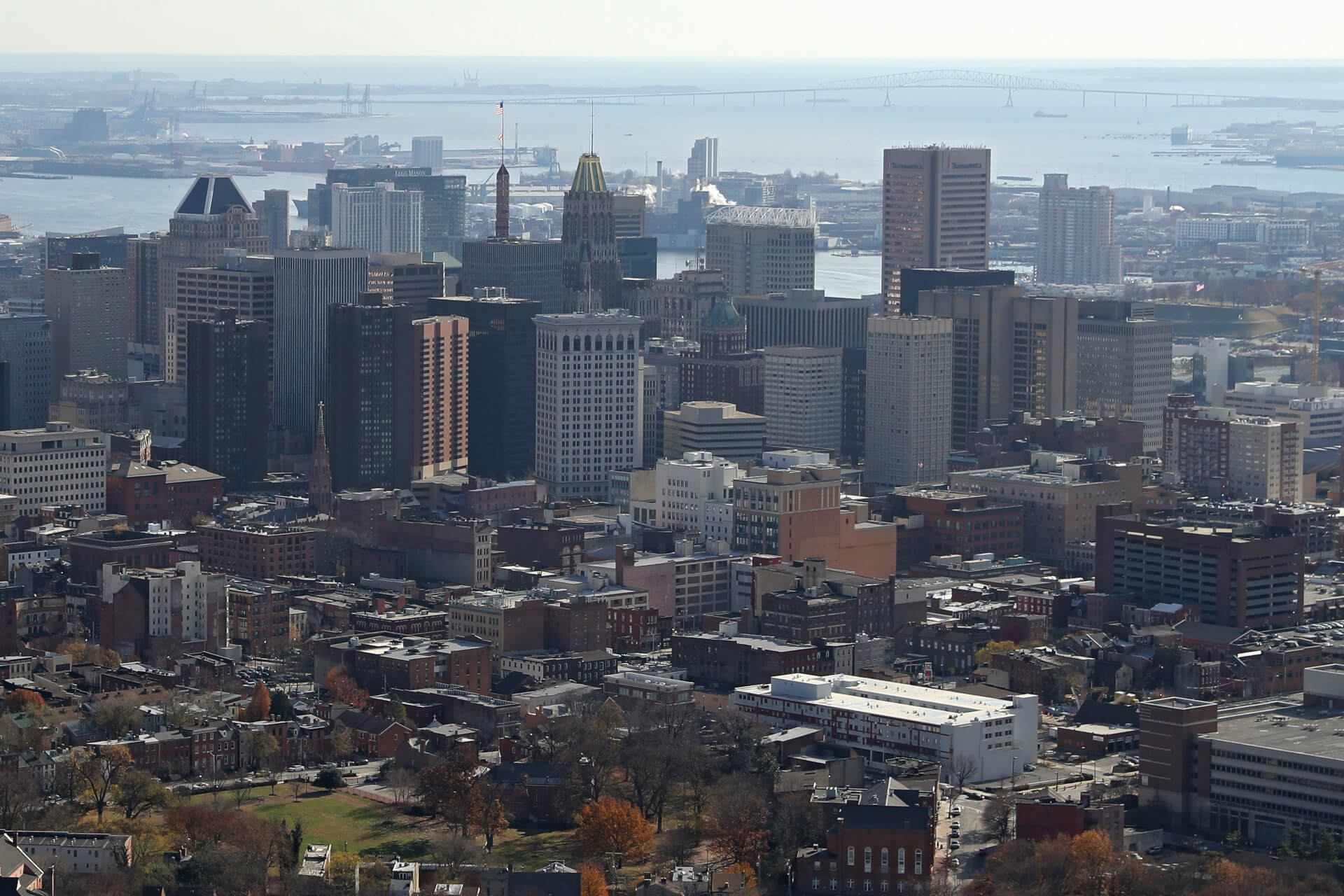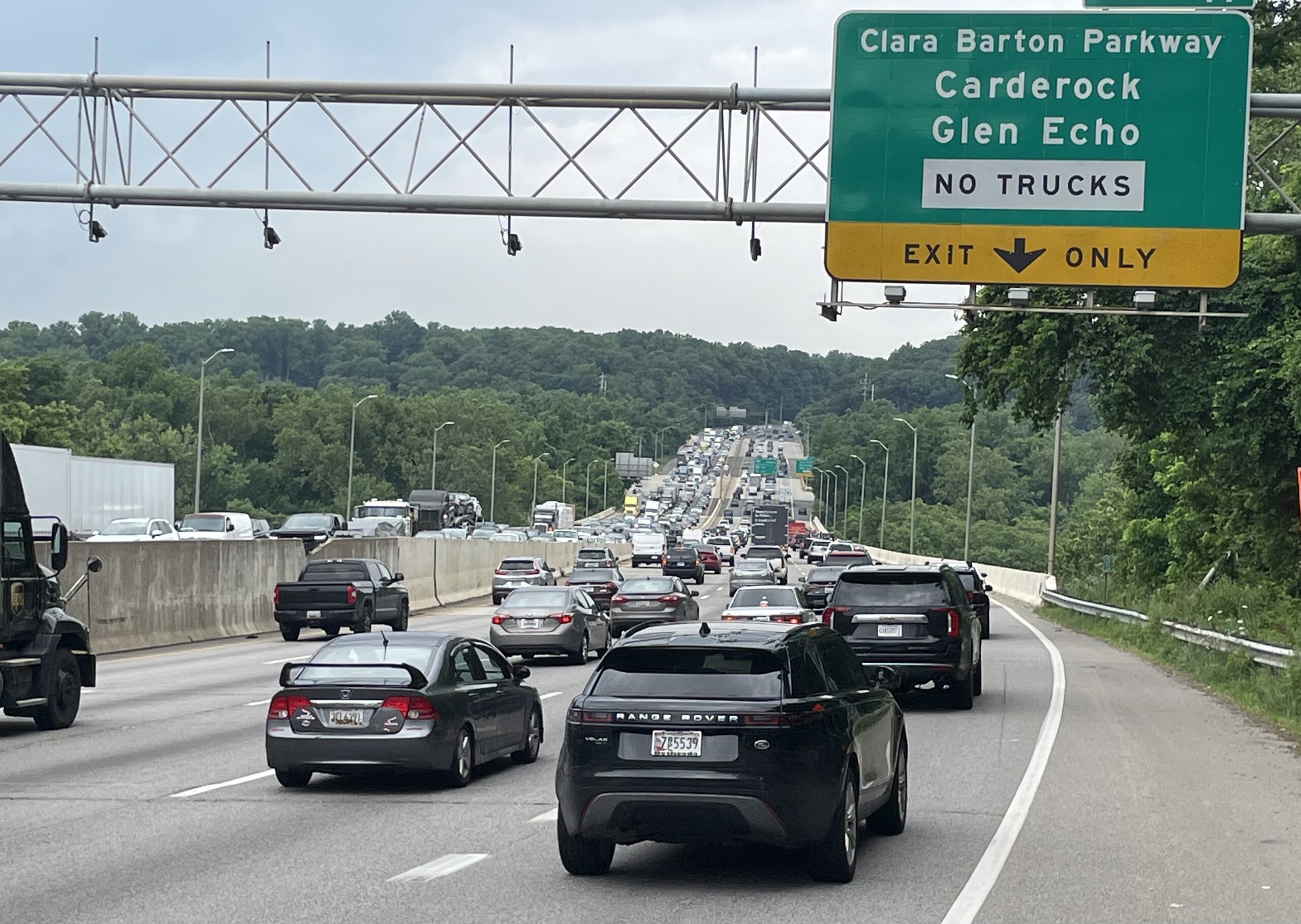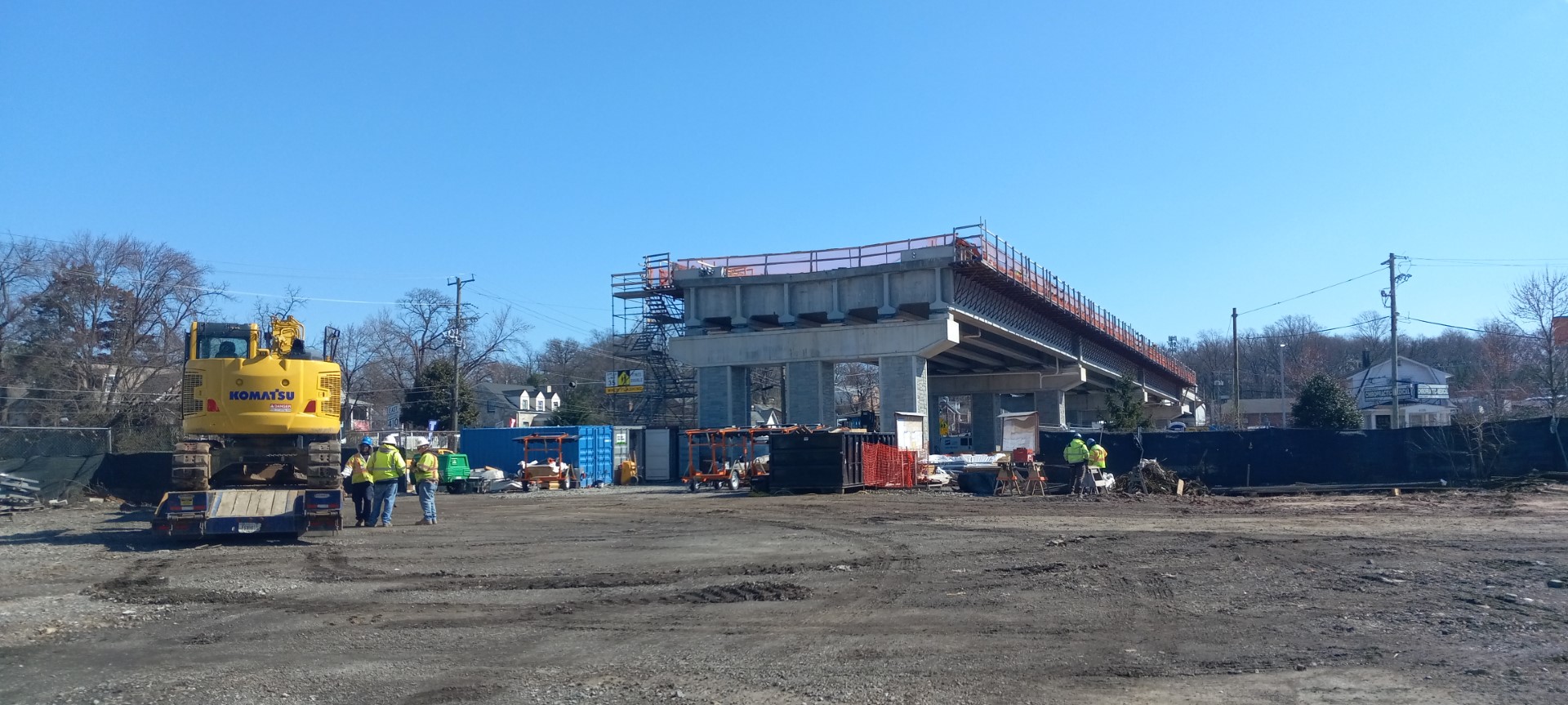
By Samuel Jordan
The writer is president of the Baltimore Transit Equity Coalition.
The Baltimore Transit Equity Coalition heartily joins the celebrations across the Baltimore region in appreciation of Sens. Ben Cardin and Chris Van Hollen. Language that might open the door to funds for the completion of the Red Line light rail project was introduced into federal legislation by the senators.
In addition to funding, requirements to complete the Red Line include regional political will, governmental sponsors and the formal re-evaluation of the Red Line Final Environmental Impact Study. However, most important among the requirements is modal choice. The steps taken by the senators that may favor the Red Line do not guarantee that the appropriate modal choice for the future of Baltimore’s regional economy and its public transportation system will be made.
If public transportation served only to move residents, visitors and workers from Point A to Point B, any mode will suffice. However, if public transportation is to be a factor in the massive equitable, economic and sustainable development needed by the city and region, only one mode stands capable. Light rail.
The difference between Baltimore and Washington, D.C., since 1975 is the D.C. Metro system, affirming the industry mantra “Development follows rail.” Or as we put it, “Banks do not invest in bus stops.” Mode matters.
Painfully, Baltimore has learned this lesson. Not one community economic development project is associated with BaltimoreLink, the city’s widely condemned bus system. Equity and reliability remain unachievable. Yet there are many voices in the regional transportation dialogue that continue to advocate for buses over rail as the keys to the resolution of Baltimore’s public transportation crisis. There are also status quo adherents who are not concerned that “White-flight” cars have destroyed the economy and the environment.
Both advocacy types conquer the heights of irresponsible denial.
Baltimore’s segregationist history of race-based transit policy, as chronicled best to date by Alec Macgillis in “The Third Rail,” remains characterized by a stubborn allegiance to a discredited modal choice. “Give the Black and Brown residents, riders, essential workers and low-income households a bus and don’t spend a penny more” is the racialized doctrine that canceled the Red Line.
Gov. Larry Hogan’s $135 million BaltimoreLink, a bus-dominant system, is a continuing racial insult to the region, an impossible substitute for the $2.95 billion Red Line with its improved transit equity, 10,000 jobs, reduced commute times and $3 billion to $6.5 billion in transit-oriented development that will transform the regional economy.
A persistent claim promulgated by those who oppose the Red Line’s revival is repeated by Frank DeFilippo in his Maryland Matters commentary of Aug. 30, when he wrote, “In rejecting the Red Line, what Hogan described as a ‘boondoggle,’ was no doubt the proposed tunnel through the center of downtown Baltimore.” While “boondoggle” is Koch Brothers and Hogan speak meaning “too expensive,” neither DeFilippo nor anyone else cites a study, report or analysis that supports the claim. Rather, it is a Hogan “Big Lie” that, like the “stolen 2020 election,” has never been corroborated.
The Baltimore Transit Equity Coalition’s founders were the complainants in the first of two Title VI administrative complaints filed against the governor and the state in 2015 decrying the cancellation of the Red Line project. With the complaint’s investigation, we gave the governor the best opportunity to support his oft-stated rationale for the cancellation. He did not provide such verification then and has not done so since. The Trump administration closed the Title VI investigation in 2017 without findings or explanation.
After a 13-year slog, the Red Line was fully approved, fully funded and shovel ready when Gov. Hogan was elected. Even with 1,185 words, DeFilippo’s only decisive observation about the cost of the Red Line was “what Hogan described as a ‘boondoggle,’ was no doubt the proposed tunnel through the center of downtown Baltimore.” He refers to no report, analysis or study only “no doubt.” Assertion without evidence is precisely the status of the “Big Lie.”
Perhaps, DeFilippo will soon share a verifiable source of his persistence.
BTEC promotes an anti-racist unity of vision. We envision a Baltimore in which neighborhoods are “urban walkable,” (at 5:40 in the linked video recording) as referenced by Dr. Chris Leinberger, our March 25, 2021, inaugural speaker series presenter.
Land use and transportation policies will be determined together rather than separately. Urban walkable communities are clean air, clean water and clean energy communities. They feature amenities including public meeting spaces, libraries, groceries, schools, recreation and athletic facilities, all of which are supported by taxpaying, transit-oriented mixed use, mixed income, diverse commerce, affordable housing and continued economic growth.
In our vision, the Red Line’s multi-modal transit hubs become sustainable station areas, like villages, particularly for those living within a 15-minute walk. Transit-oriented development can generate stable, sustainable economic growth, creative use of urban density and radiate to Baltimore’s struggling communities.
Buses and cars cannot anchor this vision of Baltimore. Light rail, however, does so already in cities and regions across the U.S. and for the past half-century has not been surpassed by any other long-term, economic development strategy.
To achieve this vision, Baltimore Transit Equity Coalition is currently conducting a ballot access petition campaign that will offer a proposal to voters in the 2022 general election. Our petition compels the mayor and council to take the first steps in the creation of a Baltimore Regional Transportation Authority. The BRTA is permanent and will supplant the Maryland Department of Transportation’s Maryland Transit Administration model that has proven inadequate for the region through its race-based transit policies.
The Baltimore Regional Transportation Authority in cooperation with the state, will prioritize the completion of the Red Line, grant regional jurisdictions full participation in public transit policymaking, exercise funding flexibility and permit the jurisdictions, Baltimore City and Anne Arundel, Baltimore, Harford and Howard counties to speak with one voice. The BRTA will exploit public transportation’s intersectionality – its capacity to influence the development of sustainability strategies through improved access to housing, food security, education, employment and health care.
Unlike the Maryland Transit Administration, the BRTA will put a regional, equitable and reliable rail-based transportation system in the service of public health, climate change response and environmental protection by aggressively leading the reduction of congestion and of harmful greenhouse gases emitted by the nation’s greatest polluter, the transportation sector itself.
Until Baltimore and the region reject the race-based, bus solution as the modal preference for people of color, Baltimore will never rank among the leading cities of the nation. Not one such city boasts a public transportation system anchored by buses.
Even Los Angeles voters renounced their historical auto-centric culture in 2016. “Measure M,” will raise funds over four decades to build an equitable, reliable, multi-modal transportation system anchored by light rail that will deliver massive transit-oriented development and greatly improved transit equity.
The Baltimore Regional Transportation Authority urges the Baltimore region to choose the mode wisely and build the Red Line. Senators, thank you.




 Creative Commons Attribution
Creative Commons Attribution